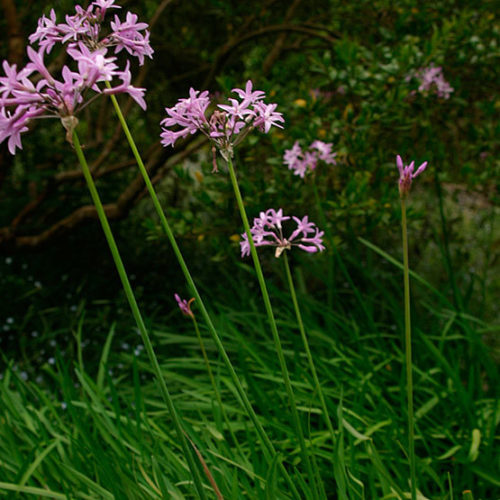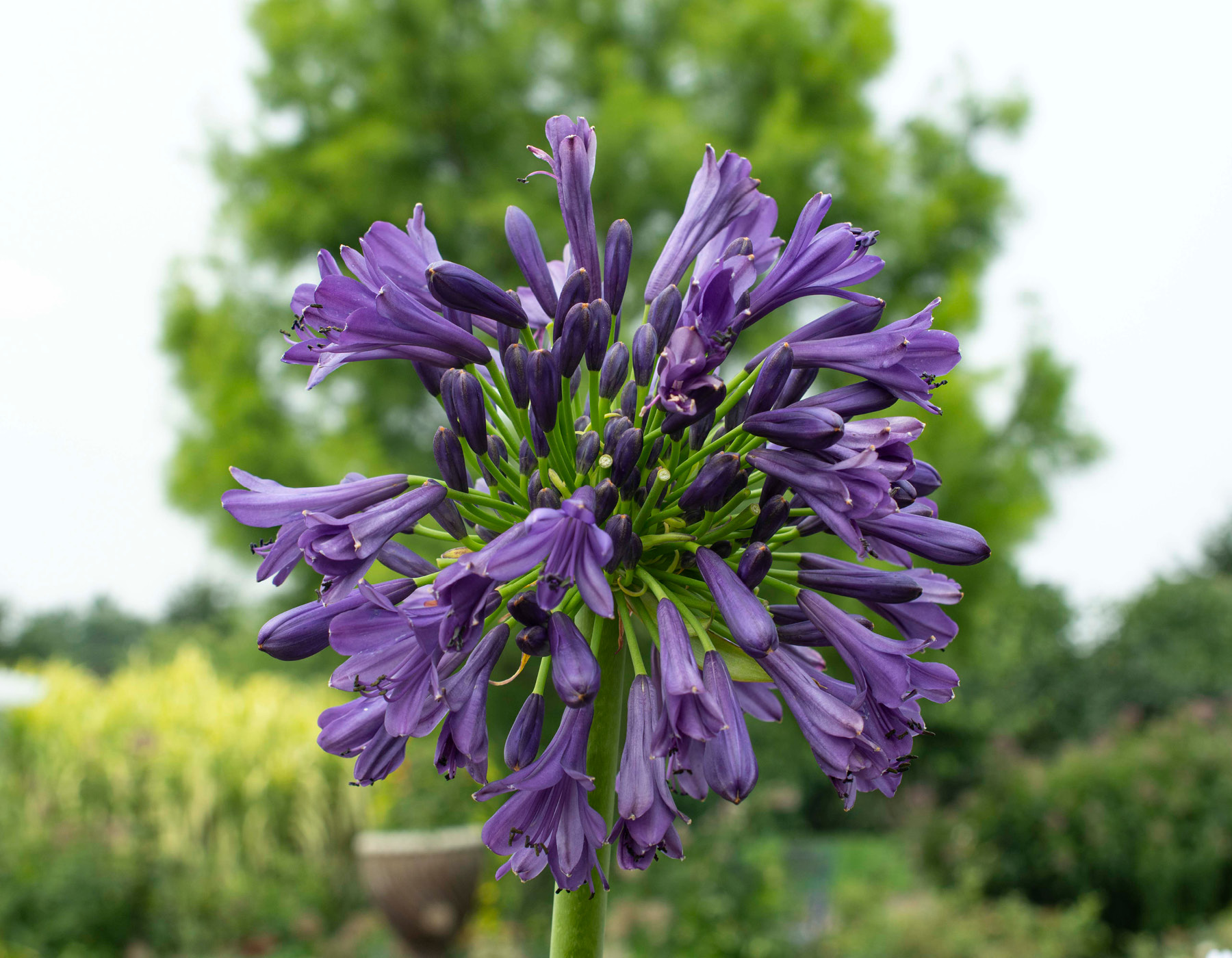Agapanthus Treatment Tips for Lush and Vibrant Flowers
Wiki Article
Unleashing the Secret to Effective Agapanthus Growing: Tips and Tricks for a Flourishing Garden
In the realm of horticulture, growing agapanthus successfully requires a critical strategy that includes numerous aspects of plant care. With cautious interest to information, one can open the keys to supporting these sensational blossoms, resulting in a yard that grows with beauty and vibrancy. By comprehending the subtleties of agapanthus farming, one can develop an environment where these plants grow and flower perfectly. In the complying with conversation, we will discover crucial tips and methods that will certainly lead you towards a thriving agapanthus yard, using understandings into ideal methods, soil problems, sprinkling techniques, and much more.Planting Agapanthus: Ideal Practices
When growing Agapanthus, correct dirt prep work is essential for guaranteeing effective development and development of these attractive flowers. Agapanthus, frequently referred to as Lily of the Nile or African lily, prospers in well-draining soil with a somewhat acidic to neutral pH level - Agapanthus. Prior to growing, it is crucial to change hefty clay dirts with natural issue such as garden compost or peat moss to boost drainage and give essential nutrients for the plantsTo plant Agapanthus, choose a location that receives full sunlight to partial shade, as this will certainly advertise healthy and balanced development and plentiful flowering. Dig a hole two times the size of the plant's origin round and position the Agapanthus at the exact same deepness it was previously growing. Carefully backfill the opening with soil, weighing down firmly to eliminate any type of air pockets around the roots.
Water the newly planted Agapanthus thoroughly and continue to keep the soil equally wet, specifically throughout the plant's active expanding period. Agapanthus. Applying a balanced plant food once a month can better sustain the plant's development and flowering. By following these finest methods for planting Agapanthus, you can create a magnificent display screen of these exciting flowers in your garden
Suitable Soil Issues for Agapanthus
For optimum growth and growing success of Agapanthus plants, making sure the soil problems are perfect is crucial. Agapanthus grows in well-draining dirt with a slightly acidic to neutral pH degree varying from 6.0 to 7.0. This kind of dirt enables for sufficient water drainage, stopping waterlogging which can result in root rot. To enhance soil drainage, take into consideration including natural matter such as garden compost or peat moss when preparing the planting website. Additionally, Agapanthus chooses dirt that is rich in nutrients, so integrating a well balanced plant food during the growing season can promote healthy and balanced growth and vivid flowers.
Watering and Fertilizing Tips
To make sure healthy and balanced development and lively flowers, appropriate watering and fertilizing techniques are essential for successful Agapanthus cultivation. Agapanthus plants profit from regular watering, specifically throughout the expanding season.When it concerns fertilizing Agapanthus, a well balanced fertilizer with equal parts nitrogen, click this link phosphorus, and potassium can be applied in the spring to advertise healthy growth and blooming. Slow-release fertilizers are ideal for giving nutrients slowly over an extended duration. Stay clear of over-fertilizing, as this can cause extreme foliage growth at the cost of flowers.
Furthermore, integrating organic issue like compost into the dirt can enhance nutrient degrees and improve dirt structure, assisting in the overall wellness of the Agapanthus plants. By complying with these watering and fertilizing pointers, gardeners can guarantee their Agapanthus plants thrive and create spectacular display screens of flowers.
Trimming and Deadheading Methods
Proper trimming and deadheading techniques play a critical function in keeping the health and appearances of Agapanthus plants, enhancing the necessary practices of watering and feeding for effective growing. Trimming Agapanthus entails removing invested flower heads, yellowing or dead fallen leaves, and total shaping of the plant to promote much better development. Deadheading, the process of eliminating discolored flowers, not only improves the plant's look but likewise motivates more blooming.When deadheading Agapanthus, it is a good idea to trim off the visit homepage flower stem at the base using sharp, clean shears. This procedure reroutes the plant's power from seed production back into root and vegetation development, promoting a healthier and more robust plant. Normal deadheading can extend the flowering duration of Agapanthus and prevent self-seeding, which can result in overcrowding.
In terms of pruning, Agapanthus usually advantages from a light trim after blooming to clean the plant and encourage fresh development. Reducing back the invested flower stems and removing any dead or damaged foliage helps maintain the plant's vigor and general appearance. Nevertheless, it is vital to stay clear of reducing right into the crown of the plant, as this can deteriorate its health and wellness.

Protecting Agapanthus From Pests and Diseases
Implementing reliable bug and illness management strategies is critical to securing the health and wellness and vitality of Agapanthus plants in growing. Agapanthus are typically hardy plants, yet they can still succumb various pests and diseases otherwise appropriately looked after. One typical pest that influences Agapanthus is the Agapanthus borer, a caterpillar that tunnels into the plant, creating damage to the fallen leaves and flowers. To prevent infestations, normal examination of the plants is crucial. If borers are identified, they can be manually removed, or insecticidal soap can be utilized as a control action.In addition to pests, Agapanthus are at risk to conditions such as root rot and fungal fallen leave places. These issues can usually be stopped by guaranteeing proper water drainage and preventing overwatering. Affected components of the plant should be immediately removed to stop further spread if indications of illness show up. Fungicides may additionally be made use of as a treatment step, complying with the manufacturer's guidelines carefully. By staying attentive and resolving parasite and disease problems immediately, garden enthusiasts can aid their Agapanthus prosper and grow.

Verdict
Finally, effective cultivation of agapanthus calls for appropriate planting techniques, perfect dirt problems, adequate watering and feeding, regular pruning and deadheading, and defense from conditions and insects. By adhering to these tricks and suggestions, garden enthusiasts can make sure a flourishing yard full of lovely agapanthus blossoms. Agapanthus. Remember to preserve constant treatment and focus to information to promote the wellness and longevity of these sensational plantsWhen planting Agapanthus, appropriate dirt preparation is you can find out more vital for making certain successful growth and growth of these beautiful flowers.Water the recently planted Agapanthus extensively and proceed to maintain the dirt evenly moist, particularly throughout the plant's energetic growing season.For optimum development and flowering success of Agapanthus plants, making sure the dirt problems are suitable is crucial. When planting or hair transplanting Agapanthus, guarantee the soil is well-prepared to supply the essential structure for the plants to develop themselves efficiently. One usual parasite that affects Agapanthus is the Agapanthus borer, a caterpillar that tunnels into the plant, triggering damages to the blossoms and leaves.
Report this wiki page